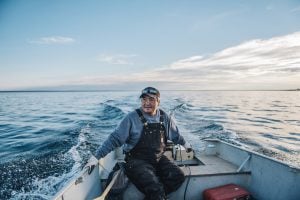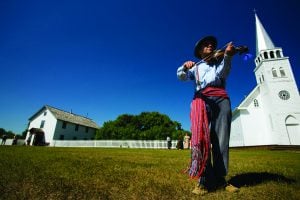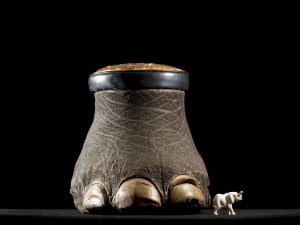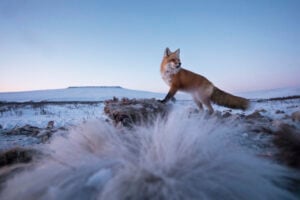
Environment
Inside the fight to protect the Arctic’s “Water Heart”
How the Sahtuto’ine Dene of Déline created the Tsá Tué Biosphere Reserve, the world’s first such UNESCO site managed by an Indigenous community
- 1693 words
- 7 minutes
This article is over 5 years old and may contain outdated information.
People & Culture

The Tsá Tué Biosphere Reserve is a special and unique place in the Northwest Territories. It encompasses Great Bear Lake, the last pristine arctic lake, and swaths of crucial habitat for muskox, moose and caribou. About 600 people of the First Nation Dene Déline live there, supporting themselves with harvesting and limited tourism activity.
Canadian Geographic sent Angela Gzowski to photograph the community for the January/February 2017 issue of the magazine. Here, Gzowski talks about the experience and shares advice for novice photographers alongside photos from her trip.


What future projects would you like to tackle?







Are you passionate about Canadian geography?
You can support Canadian Geographic in 3 ways:

Environment
How the Sahtuto’ine Dene of Déline created the Tsá Tué Biosphere Reserve, the world’s first such UNESCO site managed by an Indigenous community

People & Culture
The story of how a critically endangered Indigenous language can be saved

Wildlife
An estimated annual $175-billion business, the illegal trade in wildlife is the world’s fourth-largest criminal enterprise. It stands to radically alter the animal kingdom.

Wildlife
Wildlife photographers on the thrill of the chase — and the importance of setting ethical guidelines